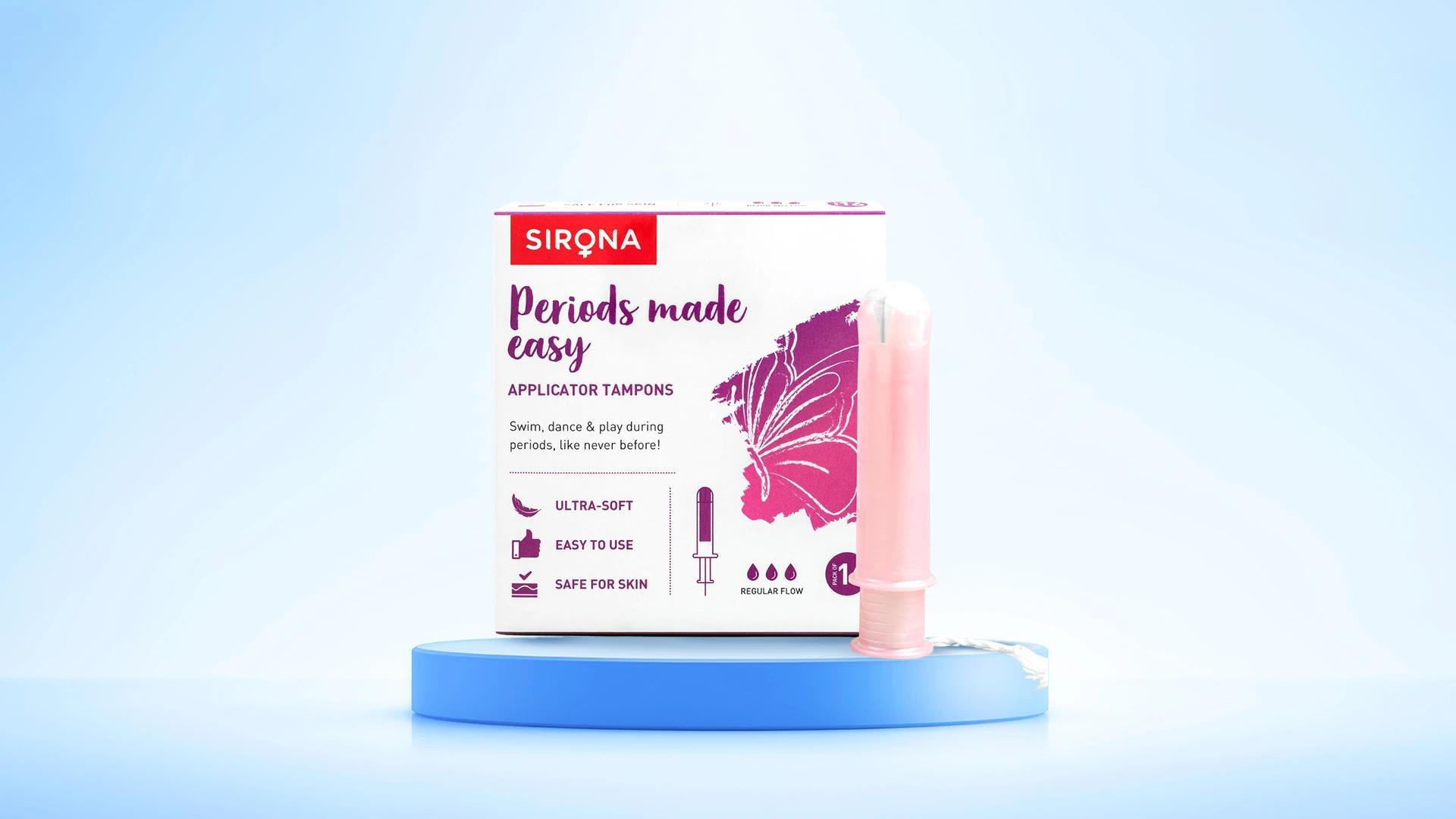Tampon safety for teens and adults includes being aware of Toxic Shock Syndrome (TSS), though it's extremely rare. TSS symptoms include sudden high fever, vomiting, diarrhoea, dizziness, or a rash that looks like sunburn. If you experience any of these symptoms while using a tampon, remove it immediately and seek medical attention. The best prevention is using the lowest absorbency needed for your flow and changing tampons regularly.
Tampon Use During Sleep
You can sleep with a tampon in, but only if you'll be sleeping for 8 hours or less. Insert a fresh tampon right before bed and change it first thing when you wake up. Many people prefer using pads overnight for extra peace of mind.
Comparing Tampons to Other Menstrual Products
When it comes to tampon vs pad comparison, both have their place in menstrual products for beginners. Tampons offer more freedom for activities and sports, while pads might feel more comfortable for overnight use or light days. Menstrual cups are another option that's eco-friendly and cost-effective long-term, but they have a steeper learning curve. The best choice depends on your lifestyle, comfort level, and personal preferences.
Tips for First-Time Tampon Users
Feeling nervous about trying tampons is completely normal — puberty and menstruation basics can feel overwhelming at first. Start with the smallest size that matches your flow, not the tiniest available. Practice when you're relaxed and have plenty of time. Don't be discouraged if it takes a few tries to get comfortable with the process. Every person's body is different, and what works for your friends might not work exactly the same way for you.
Mother-Daughter Conversations About Tampon Use
These chats about feminine hygiene education don't have to be awkward. Start by asking what questions she has rather than launching into a lecture. Share your own experiences honestly, including any initial challenges you faced. Let her know that trying different menstrual products is normal and encouraged.
Frequently Asked Questions


 16 Units
16 Units 10 Count
10 Count 16 Count
16 Count 16 units
16 units